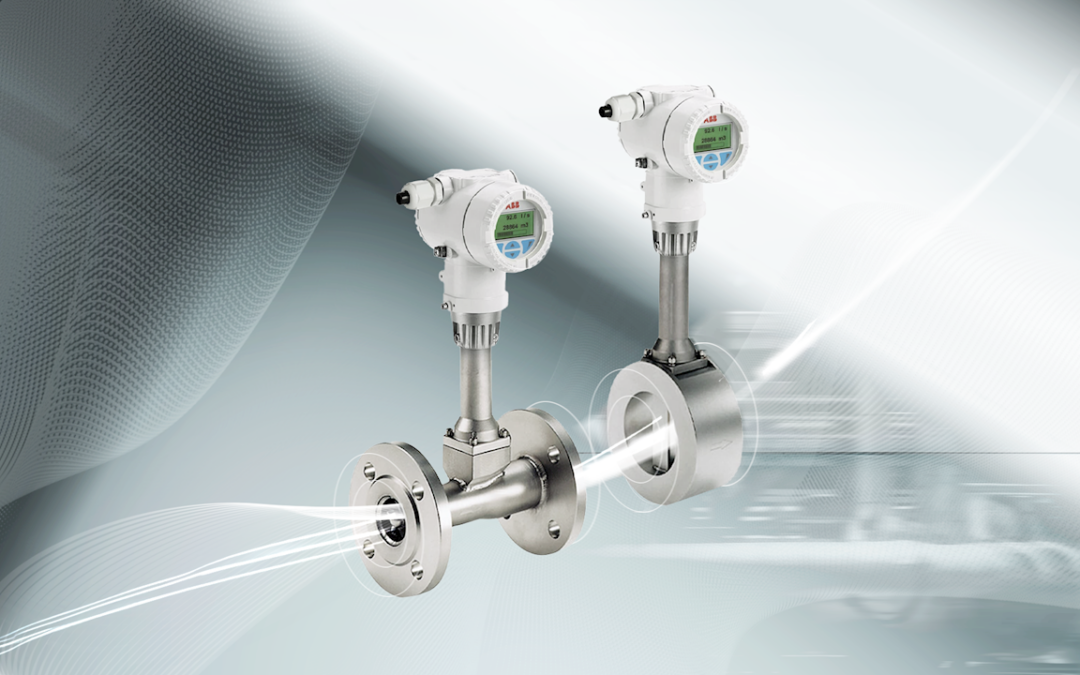When choosing a pressure sensor for process control and monitoring in a gas flow system or a distillery component, plant operators are faced with an array of choices.
Modern pressure sensors are equipped to provide accurate measurements under arduous operating conditions, providing outstanding resistances to a range of industry-specific corrosives. Absolute, differential, and temperature-compensated pressure measurements can be acquired for containers and pipelines containing: pharmaceutical solvents; flue gas; heated crude oil; and more.
This vast range of pressure sensors represents an industrial problem of choice. The suitability of many pressure components is likely to intersect with multiple applications and sectors, yet there are unique attributes to consider when choosing a pressure sensor for your own facility. This article will outline four key things to consider when choosing a pressure sensor.
1. Pressure Sensor Type
The primary consideration for selecting a pressure sensor is the type of component that your application requires. For example, negative pressure values cannot be quantified by a gauge transmitter, while temperature-compensated pressure measurements can only be carried out by a multivariable pressure sensor or an array of separate pressure and temperature monitors. Pressure transmitters can typically be broken down into four distinct types:
- Absolute pressure measurement sensors use full-vacuum conditions as a reference point, quantifying the pressure levels of a container as a value over 0 bar;
- Differential pressure sensors measure the difference in applied force at two points within a flow system or a process container;
- Gauge pressure measurement instruments use atmospheric pressure of 1.01325 bar (15 psia) as a reference point;
- Multivariable pressure sensors measure the differential and absolute pressure, then compensate that with temperature measurements.
2. Pressure Sensor Range
The pressure range is a superficially simplistic consideration for choosing a pressure sensor. Operators typically depend upon pre-determined application pressure ranges and select a transmitter that matches those values. However, density changes or abrupt pressure variations can reduce the efficacy of measurement equipment, and in extreme cases can damage the component. In such instances, it is advisable to select a sensor with a higher pressure range and calibrate it accordingly.
3. Atmospheric / Process Conditions of Application
Prior to component selection, it is paramount that you consider the corrosive influences that your pressure sensor could be subjected to during operation. Seals may need to be wetted to withstand solvent corrosion in laboratory applications, while special considerations should be taken to protect a pressure sensor’s internal electronics. Corrosive process media or incident humidity can damage transmitters, reducing measurement accuracy and increasing the risk of premature component failure.
4. Onboarding Times
Installation of new components usually impacts a facility’s throughput due to mechanical downtime during integration and reduced efficacy from onboarding processes. For example, the pressure-sensitive diaphragms of a transmitter must be welded to measurement sites to acquire force values and convert them into electrical signals. Ease of weldability and low wiring footprints are critical for rapid and efficient component integration in applications where extended periods of component inactivity are not an option.







